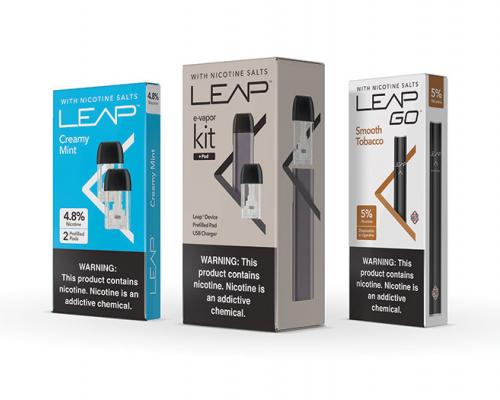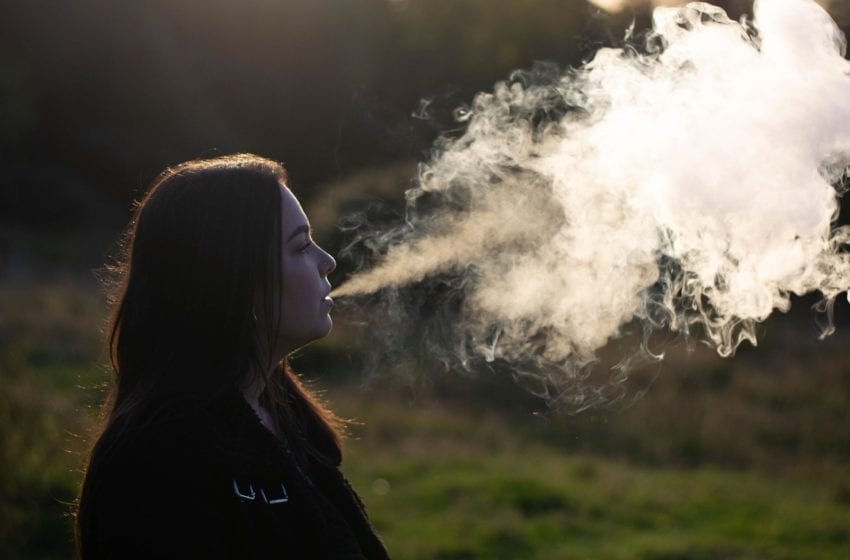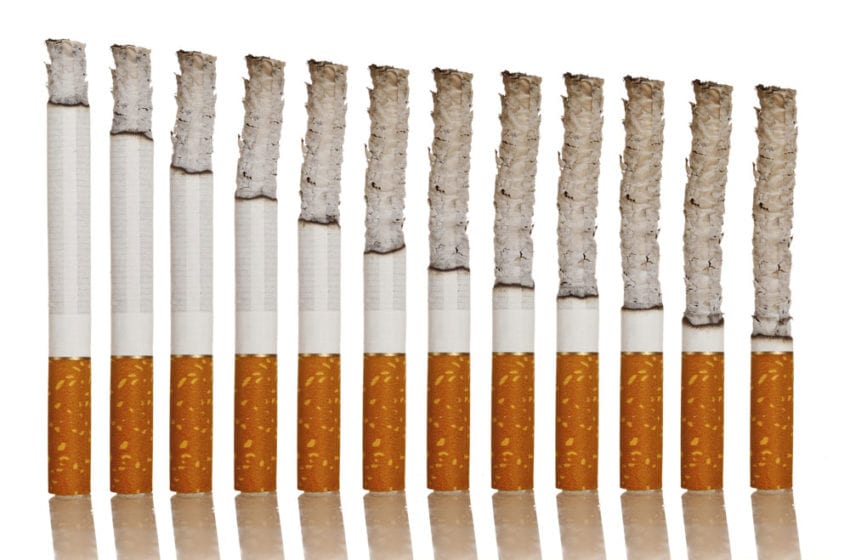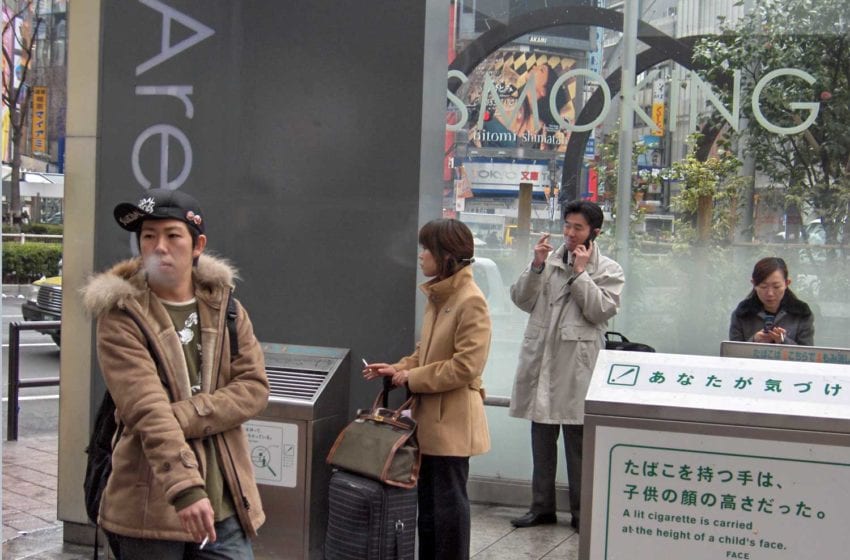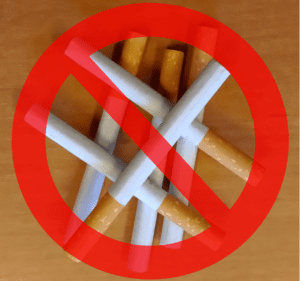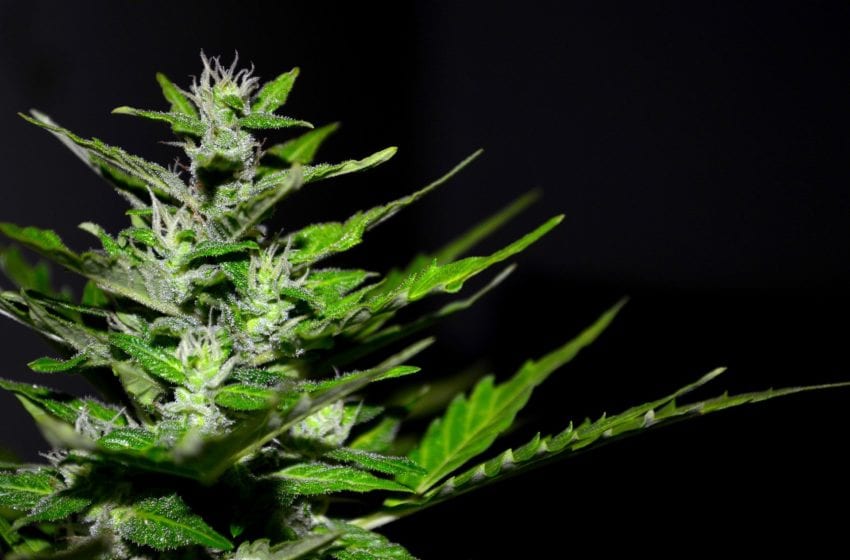
San Francisco’s proposed ban on vaping — inside your own apartment — is so anti-science, so counter to public health and so God awful stupid that I’m stunned Massachusetts didn’t do it first.
If you haven’t heard, the San Francisco Board of Supervisors voted 10-1 to ban smoking and vaping in apartments inside buildings with three or more units — unless you’re smoking or vaping pot, in which case it’s way cool and totally awesome, writes Michael Graham, whose editorial first appeared in the Boston Herald.
The alleged purpose of the ban is to protect your neighbors from the smoke you’re exhaling in your home. But as Dr. Michael Siegel of Boston University noted during a media conference call hosted by InsideSources Thursday, that claim fails two key points: If you’re banning “smoke,” how can you let people smoke pot? And why would you ban vaping, which doesn’t emit any smoke at all?

“San Francisco has taken an action which is not evidence-based,” Siegel said. “If I’m holding an electronic cigarette, there’s literally nothing coming out of that electronic cigarette,” Siegel said, “There is no ‘secondhand vapor.’”
Siegel is a nationally renowned anti-smoking advocate and expert on public health. He’s no fan of cigarettes, which is why he opposes bans on safer alternatives like vaping.
Combustible cigarettes are far more dangerous than their e-cig and vaping counterparts, the risk-comparison equivalent of a grizzly bear vs. a Gummi Bear.
But lifestyle-policing liberals in San Francisco and Boston don’t care. That’s why Gov. Baker and the Beacon Hill boneheads banned flavored vaping in 2019. The result? Lines at New Hampshire vape shops and more people turning to flavored cigarettes.
No problem — Massachusetts banned those, too, as of June 1, 2020. And what happened?
Massachusetts saw a 17% drop in cigarette sales year to year, says Ulrik Boesen of the Tax Foundation, who joined Dr. Siegel on the conference call. Good news, right?
“But in Rhode Island and New Hampshire their sales increased by 56%, Vermont’s by 21% and Maine by 30%. Significant increases in all the neighboring states simply because Massachusetts banned a popular product,” Boesen said.
“That means they did not achieve their public health goals, which was to get fewer people to smoke.”
Boesen’s the expert, but I have to disagree. The good-hearted, electric-car driving, NPR-listening liberals did achieve their goal. It just had nothing to do with public health.
No, their real goal is to make sure you smokers know they think you’re a bunch of losers.
Banning menthol smokes or vaping in your private apartment isn’t public health policy, it’s a punishment of the peons by the cultural elite.
“If the principle here is that nobody in an apartment should be exposed to harmful combusted products from an adjacent apartment, then there’s no justification for saying, ‘We’re banning tobacco, but not cannabis,’” Siegel said. And if there were, in fact, any principles at play, he’d be right. But this is pure classism, Commonwealth-style.
Which is why Massachusetts has made it easier to vape dangerous THC products than mango-flavored water vapor, and why San Francisco’s ban on “smoking” exempts the fog of marijuana fumes wafting from your bong.
Ban pot? No way, progressives answer. We smoke pot!
Dr. Siegel’s take on banning vaping in your home? “I think we should be doing the opposite. We should be encouraging smokers to switch to vaping, and we should encourage them to be vaping in their apartments rather than smoking, because the effects of secondhand smoke are substantial — especially if they’re living with children.”
He’s right, of course. But why “encourage” low-income, working class folks when “judging” them is so much more fun?
Any opinions expressed in the above article are solely the author’s and may not be the opinion of Vapor Voice or its parent, TMA.


